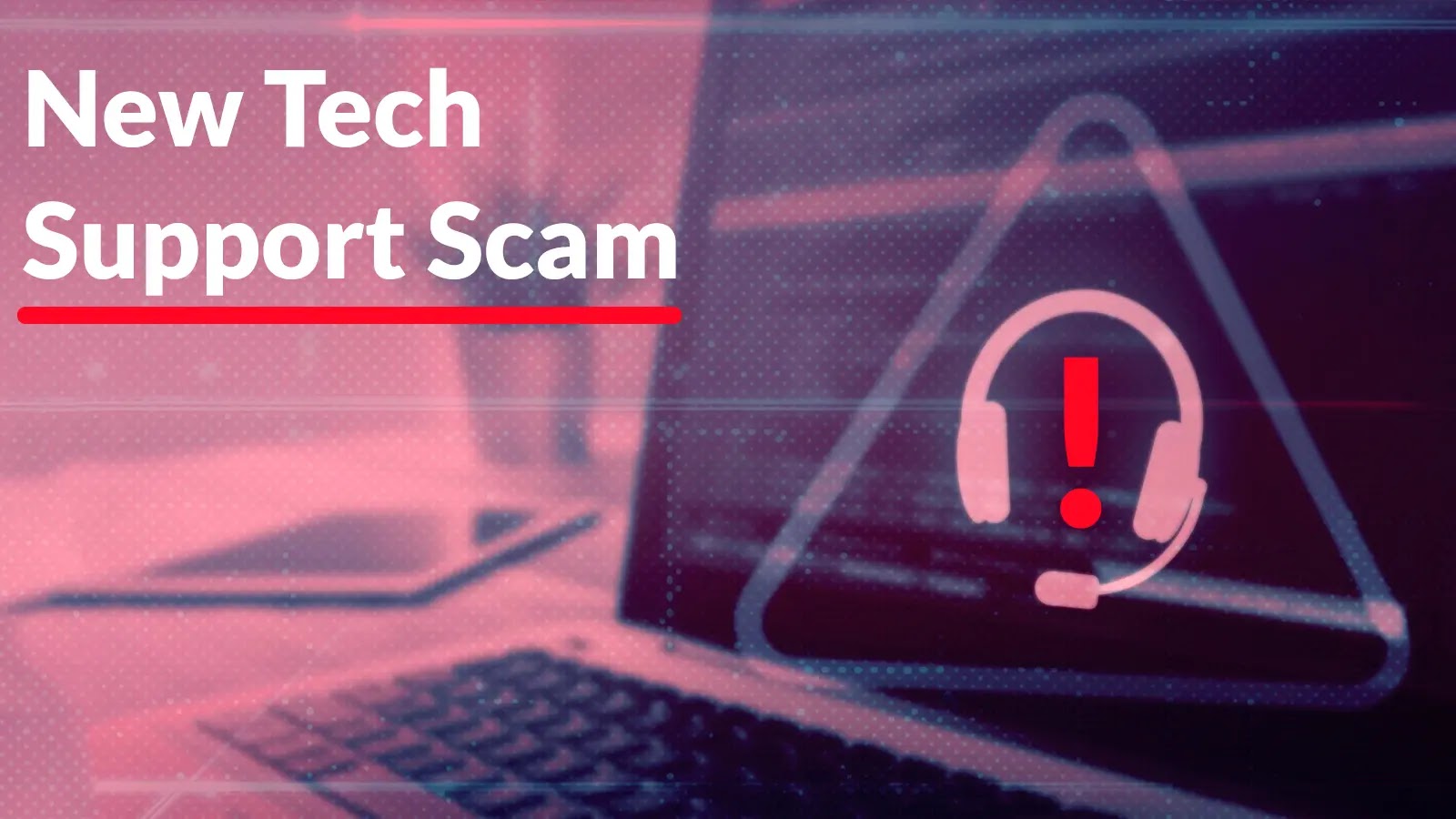
New Tech Support Scam with Microsoft’s Logo Tricks Users to Steal Login Credentials
A disturbing new trend is emerging, harnessing the trust users place in established brands to execute sophisticated credential theft. This latest campaign leverages Microsoft’s globally recognized logo and branding to trick unsuspecting individuals, highlighting a critical need for heightened vigilance against phishing and social engineering attacks. Ignoring these threats can have severe consequences, from compromised accounts to significant financial losses.
The Deceptive Lure: How the Microsoft Phishing Scam Works
The core of this new phishing campaign revolves around a highly convincing email. Victims receive messages designed to appear as legitimate communications from Microsoft, complete with official-looking logos and branding. These emails typically raise an urgent concern, such as an impending financial transaction, a security alert, or a suspicious login attempt, all crafted to elicit an immediate, panicked response.
The message then prompts recipients to click on an embedded link. This link, disguised as a portal to verify the transaction, address the security alert, or review account activity, actually redirects users to a malicious phishing landing page. This page, also meticulously designed to mimic a legitimate Microsoft login portal, is the trap. Any credentials entered here – usernames, passwords, or even multi-factor authentication codes – are immediately captured by the attackers, granting them unauthorized access to the victim’s accounts.
Understanding the Attack Vector: Social Engineering and Brand Impersonation
This attack primarily exploits two powerful social engineering tactics: urgency and authority. The urgent nature of the “alerts” pressures users into acting without proper scrutiny, bypassing their usual caution. The perceived authority of Microsoft, a brand associated with security and reliability, lends credibility to the fraudulent emails, making them difficult to distinguish from genuine communications.
The attackers’ ability to perfectly replicate Microsoft’s visual identity significantly enhances the believability of their scheme. This meticulous attention to detail in replicating logos, color schemes, and even the overall layout of official communications is a hallmark of advanced phishing operations. It underscores the importance of looking beyond superficial branding and scrutinizing the technical details of emails and URLs.
Remediation Actions and Proactive Defense Strategies
Protecting yourself and your organization from such sophisticated phishing attempts requires a multi-layered approach. Individual vigilance combined with robust organizational security measures is paramount.
- Verify Sender Information: Always check the sender’s email address carefully. Look for discrepancies, common misspellings, or unusual domains. Even if the display name appears legitimate, the underlying email address can often reveal the deception.
- Hover Before You Click: Before clicking any link in an email, hover your mouse cursor over it to reveal the actual destination URL. If the URL looks suspicious or doesn’t match the expected legitimate domain (e.g.,
microsoft.com), do not click. - Avoid Email Links for Sensitive Actions: For financial transactions, security alerts, or password changes, always navigate directly to the official website by typing the URL into your browser or using a trusted bookmark, rather than clicking a link in an email.
- Implement Multi-Factor Authentication (MFA): MFA adds an essential layer of security. Even if attackers steal your password, they will still need the second factor (e.g., a code from your phone or a hardware token) to gain access.
- Educate and Train Users: Regular cybersecurity awareness training is crucial. Teach employees how to identify phishing attempts, report suspicious emails, and understand the tactics used by threat actors.
- Utilize Email Security Solutions: Implement advanced email security gateways that can detect and block phishing emails, malicious attachments, and imposter domains before they reach user inboxes.
- Update Software Regularly: Keep operating systems, web browsers, and all security software up to date to patch known vulnerabilities that attackers might exploit.
Tools for Detection and Mitigation
Several tools can aid in detecting and mitigating the risks associated with phishing campaigns:
| Tool Name | Purpose | Link |
|---|---|---|
| PhishTank | Community-contributed list of suspected phishing URLs for verification. | https://www.phishtank.com/ |
| SPF/DKIM/DMARC Analyzers | Verifies email sender authenticity to prevent email spoofing. | https://www.mxtoolbox.com/spf.aspx |
| URLScan.io | Website scanner to analyze and identify malicious URLs. | https://urlscan.io/ |
| Major Antivirus/Endpoint Protection Platforms | Detects and blocks known malicious websites and software. | (Vendor-specific, e.g., CrowdStrike, Microsoft Defender) |
Conclusion: Stay Alert, Stay Secure
The new Microsoft logo tech support scam serves as a stark reminder of the persistent and evolving nature of cyber threats. Attackers continuously refine their methods, leveraging trusted brands and sophisticated social engineering to achieve their goals. By understanding their tactics, remaining vigilant, and implementing robust security practices, both individuals and organizations can significantly fortify their defenses against these deceptive attempts to steal valuable login credentials. Always question unsolicited communications, verify before acting, and prioritize strong authentication methods. Your digital security depends on it.





